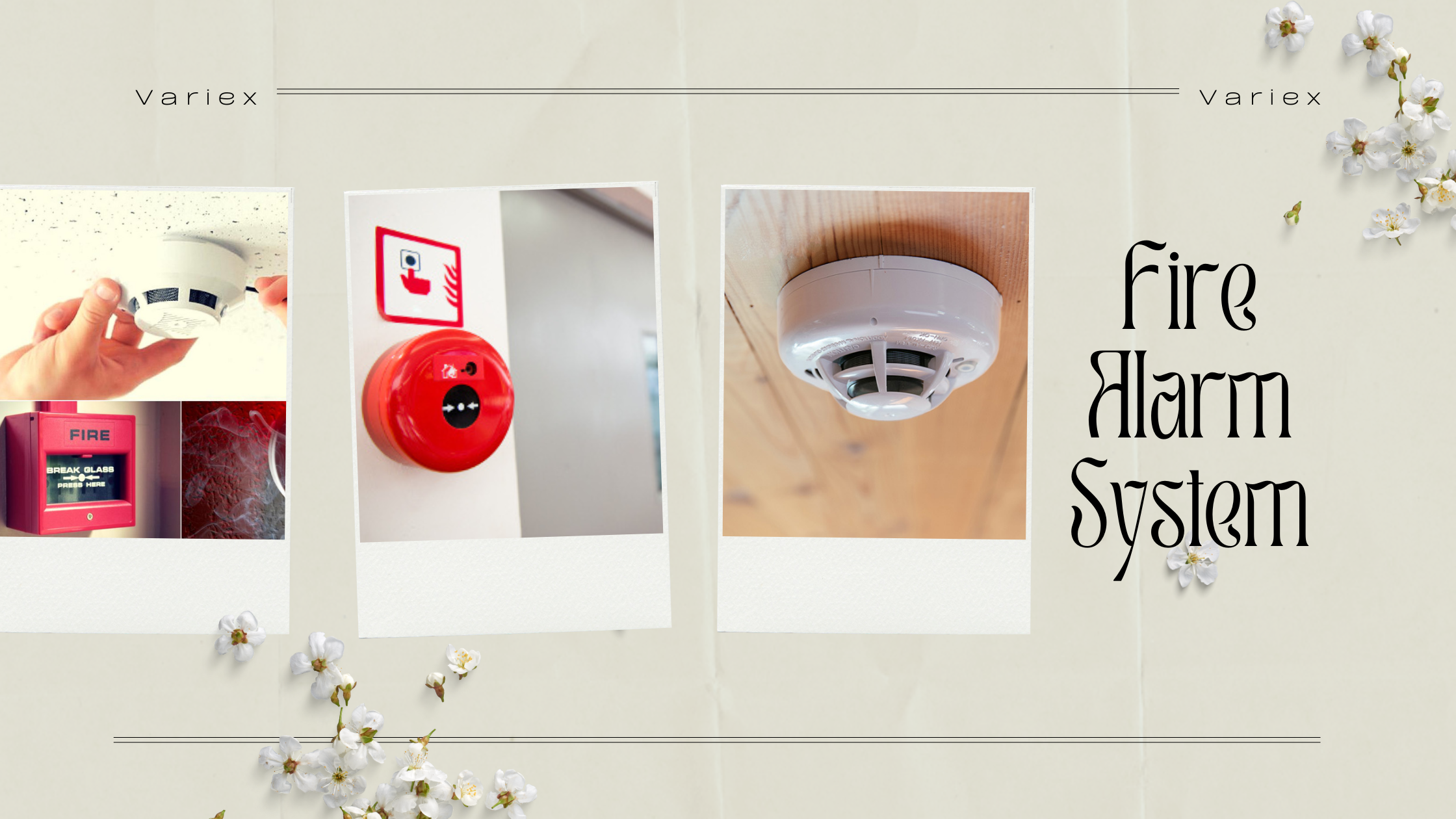![]()
Fire Immuniser
+91-7829629111
Email: info@variex.in
Varistor Technologies Pvt. Ltd.
Block-1, First Floor, Ardente Office One, Hoodi Circle, ITPL Main Road, Bengaluru, Karnataka 560048, IN
How Many Componants Connect To Fire Alarm
How Many Componants Connect To Fire Alarm
Fire alarm systems represent one of the essential safety components within both residential and commercial buildings. Their primary role revolves around detecting potential fire hazards and alerting occupants to evacuate the premises to preserve life and property. A fully functional fire alarm system comprises different components, each playing a crucial role in detecting and responding to fires. Knowledge of these components enables users to understand how fire alarm systems operate, thus facilitating efficient maintenance, inspection, and troubleshooting. Subsequently, let us delve into an in-depth exploration of the various components that connect to a fire alarm system.
Fire Alarm Control Panel (FACP)
Considered the brain of the fire alarm system, the Fire Alarm Control Panel (FACP) serves as the central hub where all system components come together. It receives signals from the triggering devices, processes these signals, and finally, activates the output devices. The FACP also performs daily checks to ensure the components are operational and can communicate any faults or abnormalities to the user.
Initiating Devices
Initiating devices kick-start the process of alarming the residents of a possible fire outbreak. There are two main types of initiating devices: manual and automatic. Manual devices, such as pull stations, require human intervention to activate, while automatic trigger devices include smoke detectors, heat detectors, and flame detectors. These devices send a signal to the FACP upon detecting smoke, heat, or flames, indicating a potential fire.
Notification Appliances
Once the FACP receives a signal from an initiating device and determines the need for alarm, it triggers the notification appliances. These appliances serve to alert occupants about the potential danger and include devices like bells, sirens, strobe lights, chimes, horn-speakers, and voice evacuation systems. The latter can provide occupants with instructions or information on evacuation routes.
Fire Alarm Power Supplies
The efficiency of any fire alarm system is underpinned by its power supply. Most systems have a primary and secondary power source. The primary source typically connects to the building's electrical power, while the secondary power source is usually a battery backup system. This arrangement ensures that the fire alarm system remains functional, even during power outages.
Remote Annunciators
Remote annunciators are additional components connected to the fire alarm system and provide a localized display of the FACP at different points within the building. This ensures the alarm status and any alerts can be reviewed from multiple locations, enhancing monitoring efficiency. In a large-scale building, annunciators could prove vital in quickly determining the zone or area where the initial alarm was triggered.
Auxiliary Devices
Additionally, other components of a fire alarm system are the auxiliary components or devices. These are optional but play a substantial role in enhancing safety and include items such as door holders, elevator recall controls, HVAC shutdown controls, and sprinkler systems. These devices connect to the FACP and, when a fire triggers the alarm, initiate actions that can prevent the spread of fire and smoke or assist in evacuation.
Communication Interfaces
Integration between fire alarm systems and external entities is facilitated by communication interfaces. These interfaces connect the fire alarm system to an outside alarm monitoring station or the fire department. This allows the system to communicate a possible fire automatically, even if no one is available to make a call manually.
Conclusion
In conclusion, a fire alarm system is not just a single device, but a network of interconnected components, each playing a vital role in ensuring safety in case of a fire outbreak. Understanding these components is crucial for property owners, managers, safety officers, and occupants, as it enhances their ability to maintain and respond to the system effectively. From the alerting pull stations and detectors to the communication interfaces that inform the emergency services, each one of these components is a potential lifesaver. By appreciating this convergence of safety elements, we can better recognize the importance of proper installation, regular inspection, and maintenance of fire alarm systems.
Final Say
At VariEx.in and VariexOnline.com, we specialize in supplying and installing top-quality fire fighting systems and equipment. From fire extinguishers to advanced suppression systems, we offer comprehensive solutions tailored to your needs. Our experienced team ensures precise installation and maintenance for optimal safety.
Trust VariEx for reliable fire protection. Contact us online or call 7829629111 to learn more.
"WHAT YOU CAN READ NEXT"
 Read more +24 November 2023 in Fire Extinguisher
Read more +24 November 2023 in Fire ExtinguisherWhat types of fire extinguishers are available for different fire classes?
 Read more +18 April 2025 in Fire Suppression
Read more +18 April 2025 in Fire Suppression






